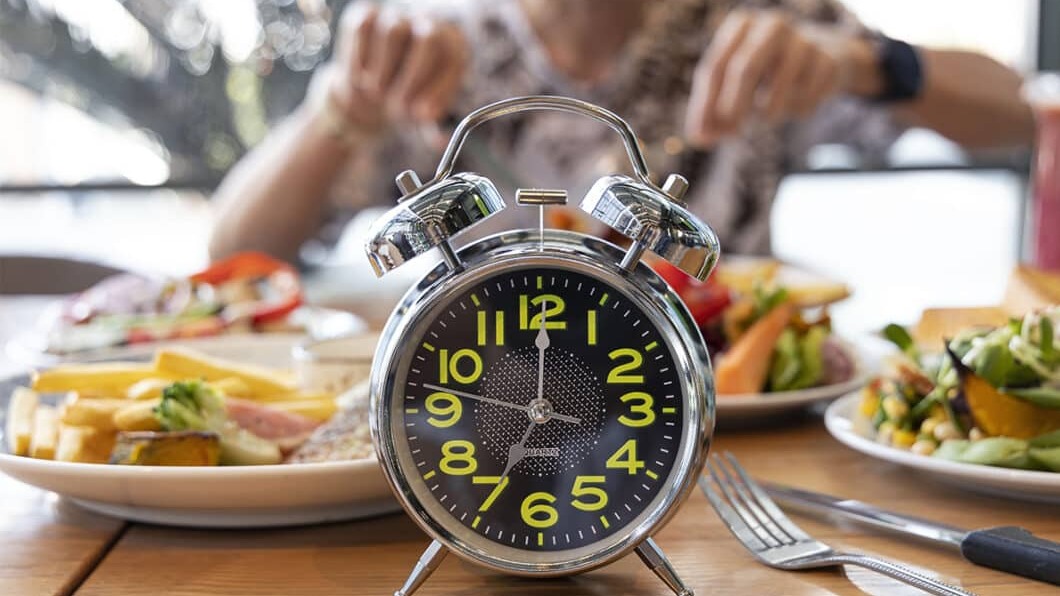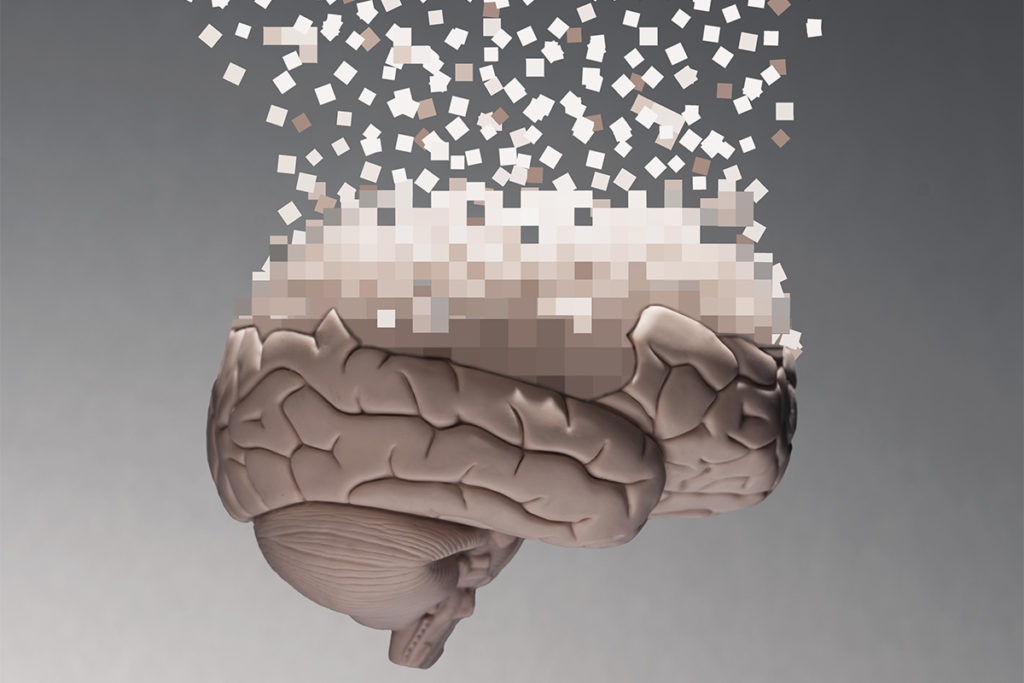Pilates: Tools for Teen Athletes
How to get started on offering Pilates training to local sports teams.

High-school sports participation is at an all-time high, with a reported 55.2% of students (more than 7.5 million) taking part in high-school athletics in 2008–2009 (National Federation of State High School Associations 2009). In lots of ways, this is good news: participation in high-school sports promotes a physically active lifestyle; enhances social integration; aids in weight management; improves self-confidence; develops neuromuscular awareness; builds musculoskeletal and cardiovascular health; and may positively affect academic performance (World Health Organization 2006). However, as more students take part in sports, there is a correlating increase in injuries (Centers for Disease Control and Prevention 1997).
All athletes want to stay in the game, be injury free and enhance performance, and teens are no different. But the pressure to focus on one sport and to play it year-round results in using the same muscle groups day after day. Often there is little time to rest and recover, let alone to get stronger or work on injury prevention (Sokolove 2008). One way to address these hurdles is to add Pilates to the training program.
Why Pilates?
A Pilates program can fill the gap for teenage athletes by introducing them to basic Pilates principles; improving alignment; conditioning body and mind; and helping protect against injury.
Basic Pilates Principles
Pilates is a movement system that can be laid over any activity. The six principles of concentration, centering, control, precision, breathing and flowing movement can be used to enhance performance and help athletes stay in the “zone.” Concentration aids with focusing more fully on the task at hand and blocking out distraction. Centering the mind, body and spirit assists with being more present in the body; moving from the center rather than the periphery of the body; and cutting more quickly. Control and precision help increase accuracy, strengthen performance and decrease injury risk. Pilates breathing—with its emphasis on full, deep exhalation—benefits endurance. And flowing movement, or the creation of effortless ease, is essential to peak performance.
Alignment
Pilates alignment tools have a direct impact on all movement, whether in life or in sports. For example, focusing on working from the core improves initiation patterns and develops greater lumbopelvic stability; working into the center line strengthens the inner thighs, which are often a weak link in the movement chain; and for athletes, developing awareness of the box (parallel positioning of hips and shoulders) helps with correctly lining up for a shot. Also as athletes become aware of how to align the leg from the sit bone, through the patella, to the second toe, they can not only reduce the risk of injury to the lower leg but also potentially improve performance.
Conditioning of Body and Mind
Research has found that Pilates can increase muscular endurance and flexibility (Kloubec 2010); develop mindfulness, which improves sleep quality (Caldwell 2010); and improve chronic lower-back pain and disability (Rydeard, Leger & Smith 2006). And Pilates has long been known for helping rebalance the body, improve eccentric strength, develop core stability and improve neuromuscular control of the body, all of which contribute to enhanced performance and injury prevention.
“With my teen athletes, Pilates increases their confidence and they seem to play better,” shares Kimberly Searl, owner of Mind/Body: Balance, in Monroe, Michigan. “I see different movement patterns than their coaches, which is great because I’m not trying to teach them the game, just how to use their bodies better.”
Injury Prevention
As already noted, Pilates can lessen injury risk by improving alignment, developing core stability and increasing neuromuscular control, among other things. Injury prevention appears to be positively impacted by comprehensive neuromuscular programs that combine plyometrics, strength, balance, sport-specific technique and agility exercises, all of which can be incorporated into a Pilates program (Steffen et al. 2010). (See the sidebar “Specific Injury Prevention Strategies” for targeted injury prevention ideas.)
“The soccer team I began working with was plagued with ankle and knee injuries,” says Kathryn Coyle, co-owner of The InnerSpace in Avon, Connecticut. “Introducing Pilates concepts and exercises to them as part of their warm-up helped them to understand moving from their core and not their feet. Injuries went down and morale improved!”
Pilates Program Design Tips
Introducing Pilates to a local teen sports team can be hugely beneficial to the players and very rewarding for you! Here are some general guidelines on how to implement a program. (See the sidebar “Pilates for High-School Athletes: 15 Training Tips” for essential reminders.)
Begin in the Preseason. Ideally, if you are focusing on injury prevention, begin the Pilates program in the preseason, with sessions lasting about 20 minutes (replacing or supplementing the usual warm-up activity) (Steffen et al. 2010). “The first time we tried a focused training program like this was with a girls’ volleyball team,” says Coyle. “We saw amazing results with a preseason program that included Pilates and plyometrics. After working out for 1 month in the preseason three times weekly, and then maintaining elements of the conditioning program in their warm-ups, the team experienced zero lost-time injuries. Additionally, vertical jump height was increased in all girls at least 2 centimeters.”
Address Poor Movement Patterns. Look out for faulty movement patterns, substitution patterns, bracing patterns and restrictions in movement, and deal with those within the lessons. For example, female athletes with knee issues can often be observed moving from their ankle or knee joints when performing the side-kick series, rather than initiating movement in the hip. These same athletes often have weak ankles; land in a valgus position when jumping; and need to improve gluteal strength and body awareness. Set priorities for lessons and keep things moving and fun.
Relate Pilates to the Sport in Question. Help teens understand the basic mechanics of their sport within the context of Pilates. “I even keep basketballs and volleyballs in the studio because that is what they are used to having in their hands,” says Searl. “Toward the end of their lesson, we try to bring what they’ve just learned and transfer those movements to their sport.”
Include Flexibility Training. Like adult athletes, teen athletes are often tight and can benefit from extra stretches. Allow teens to enjoy the dynamic flexibility challenges found in the Pilates work and add additional static stretches where they are needed most. Enlist the athletes’ own props as stretching tools! For example, with girl soccer players create a series of stretches that use the ball to teach pelvic differentiation, mobilizing the hips, thighs and backs. With lacrosse players, use the stick as a tool for deepening into stretches and checking alignment of the hips and shoulders.
Use Appropriate Equipment. If you are working with prepubescent athletes, focus on the mat. Older, more mature teens will benefit not only from mat work but also from using reformers, chairs and other apparatus. Use props to challenge them, to provide support where needed, to create a greater sense of connection to their powerhouse and center line, and to improve alignment and body awareness.
If you are working with jumping athletes, incorporate the jump board once they have solid basic skills. Teach proper take-off and landing, emphasizing moving correctly through the forefoot and landing with knee flexion, avoiding valgus knee positioning. Teach athletes to use their core as a powerful initiator of movement and as a shock absorber when landing.
Adopt a Local Team
If you are a Pilates professional who has the desire to work with teen athletes, now is a great time to get involved. Share your skills and education by contacting your local schools or sports clubs and offering a Pilates program. Provide a free session so the kids can experience the effect of the work firsthand in their bodies. Teach the teen captain how to lead the team through the “abdominal five” (see the sidebar “The Abdominal Five”) and some basic stretches, so the players can own the work as a team. Learn more about working with young athletes by attending workshops on athletic training and sports performance enhancement and by working with local athletes, coaches and trainers. Contact the Pilates Method Alliance to learn about Pilates in the Schools.
Teach teen athletes these abdominal exercises yourself, or teach them to the team captain, so he or she can share them with the players.
- single-leg stretch
- double-leg stretch
- single-leg straight-leg stretch
- double-leg lower lifts
- crisscross
Among high-school athletes, rates and types of injury vary by sport. Ankle injuries are the most common, accounting for 22.6% of all injuries, and as one might expect, back problems afflict a wide variety of athletes (Nelson et al. 2007; Reynolds 2007). When you work with a teen sports team, know the common injuries for that sport and then apply research-based prevention strategies to avoid them.
Ankles. Include neuromuscular training to re-establish and strengthen the protective reflexes of the ankle; work on balance exercises (Steffen et al. 2010).
Back. Develop stability of the lumbar spine by strengthening the deep stabilizers of the core (Reynolds 2007; Richardson, Hodges & Hides 2004).
Groin. Improve flexibility of the groin muscles, increase range of motion in the hips and develop eccentric strength of the adductor muscles (Steffen et al. 2010).
Hamstrings. Focus on eccentric strength training. Research shows there is a lack of evidence to suggest that flexibility training alone can prevent hamstring strains (Steffen et al. 2010).
Knees. Don’t rely on balance training alone. A program that combines balance training with dynamic loading of the knee joint through neuromuscular training has been shown to be more successful for preventing knee injuries (Steffen et al. 2010).
Shoulders and Elbows. Introduce measures to reduce the risk of falls during play, since most acute injuries are the result of falls (Steffen et al. 2010).
1. Get familiar with the demands of their sport.
2. If possible, watch the teens practice and play, to see how they move during competition.
3. Ask coaches what injuries are common in the sport.
4. Do not make assumptions that athletes are strong, tight, coordinated and so on.
5. Evaluate individuals for muscle imbalances, and identify priorities for addressing these.
6. Train boys’ and girls’ teams separately.
7. Do not make direct comparisons between athletes.
8. Start with the introductory Pilates exercise series.
9. Teach the Pilates vocabulary as a set of alignment tools for life.
10. Assign exercises as home practice.
11. Relate Pilates skills to the athletes’ sport.
12. Incorporate the team’s equipment as props where possible.
13. Include both static and dynamic stretches.
14. At the end of a session, transfer the Pilates training directly to a sports skill.
15. Keep it fun, and keep the players moving.
References
Centers for Disease Control and Prevention. 1997. Guidelines for school and community programs to promote lifelong physical activity among young people. MMRWR, 46 (RR-6), 1–36.
Kloubec, J.A. 2010. Pilates for improvement of muscle endurance, flexibility, balance, and posture. Journal of Strength and Conditioning Research, 24 (3), 661–67.
National Federation of State High School Associations (NFHS). 2009. High school sports participation increases for 20th consecutive year. www.nfhs.org/content.aspx?id=3505; retrieved Aug. 3, 2010.
Nelson, A.J., et al. 2007. Ankle injuries among United States high school sports athletes, 2005-2006. Journal of Athletic Training, 42 (3), 381–87.
Reynolds, G. 2007. Twist and ouch. The New York Times (Oct. 28).
Richardson, C., Hodges, P., & Hides, J. 2004. Therapeutic Exercise for Lumbopelvic Stabilization (2nd ed.). Philadelphia: Churchill Livingstone.
Rydeard, R., Leger, A., & Smith, D. 2006. Pilates-based therapeutic exercise: Effect on subjects with nonspecific chronic low back pain and functional disability: A randomized controlled trial. Journal of Orthopaedic & Sports Physical Therapy, 36 (7), 472–84.
Sokolove, M. 2008. The uneven playing field. The New York Times (May 11).
Steffen, K., et al. 2010. ECSS Position Statement 2009: Prevention of acute sports injuries. European Journal of Sport Science, 10 (4), 223–36.
World Health Organization. 2006 Move for health: Benefits of physical activity. Geneva, Switzerland: World Health Organization. www.who.int/dietphysicalactivity/factsheet_young_people/en/index.html; retrieved Aug. 3, 2010.
Zoey Trap, MSc
Zoey Trap, MSc, is a Peak Pilates& master trainer and the co-owner of the InnerSpace in Connecticut. She brings her study of alternative therapy and the spine to help instructors learn how to work with each body's unique posture to enhance potential. Her work has been published in seven languages, featured in four DVDs and was recently featured in Pilates Style magazine.
Certifications: ACE and AFAA
Education provider for: ACE and AFAA





